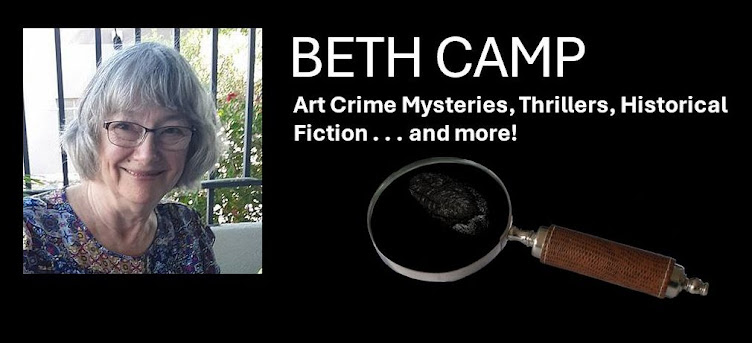 Some folks do write without an outline. We're called 'pantsers' because we write from the seat of our pants.
Some folks do write without an outline. We're called 'pantsers' because we write from the seat of our pants.
True, I feel guilty about being a pantser now and then. My DH thinks in a very structured manner; our discussions often require recognizing contributions from both logical and intuitive thinking. Perhaps how he thinks is finally starting to influence me -- either that or I've been influenced by reading posts about how organizing and outlining can improve writing productivity, which is one of my ongoing goals.
 |
| Picasso, "Boy with a Pipe" 1905, Rose Period (Wikipedia) |
I've made a commitment to finish my current wip, Rivers of Stone, this year, and my draft is truly messy. One section of the draft was so messy, I despaired of ever finishing.
What could I lose if I tried outlining?
So, here's the process I used on one section of the draft, offered in the hopes it may help you, gentle reader.
STEP ONE: Reread the entire section you're working on. Set it aside overnight. The next morning, draft a messy working outline (without looking at the entire section) that describes briefly those scenes that MUST go into this section. Then, add scenes from your rough, rough section draft to your list of scenes.
STEP TWO: Organize your list of scenes into chapter order (what needs to come first?). Keep the list simply worded, a variation of who, what, and where. Avoid adding why.
STEP 3: Revise descriptions into a chapter summary on the list (so you can always understand the ‘big’ picture – how A leads to B, how all the scenes fit together, and where key events support the overall story structure and character arcs.
STEP 4: Now use COPY and PASTE to reorganize the rough section draft so that the order of chapters now matches your summary list.
STEP 5: If you are truly anal, copy chapter summaries from the summary list into each chapter in the rough, rough section draft. OK, I did this.
If you are a pantser, you can now write whichever scene appeals to your imagination. Or you can begin 'logically' at the beginning of this section to keep those threads together. Persevere.
NOTE: Before I begin editing, I copy the entire section draft (with the chapter summary list and new chapter headings) into a RESEARCH file, so that I have a backup. I now can easily delete any research notes, photos, and unwanted scenes from the actual draft I'm working on.
Some people do this kind of organizing before they begin to
write. Kudos to you if you write like this. What I learned from this process? The revision moves ahead with much less stress because I know where each scene belongs and how it affects my character development and story line.
Now you have it. My contribution to the April posts for the Insecure Writers Study Group, a great online community of writers started by Alex J. Cavanaugh. Check out their helpful resources and posts the first Wednesday of each month. Consider joining. May your own writing go well!

No comments:
Post a Comment